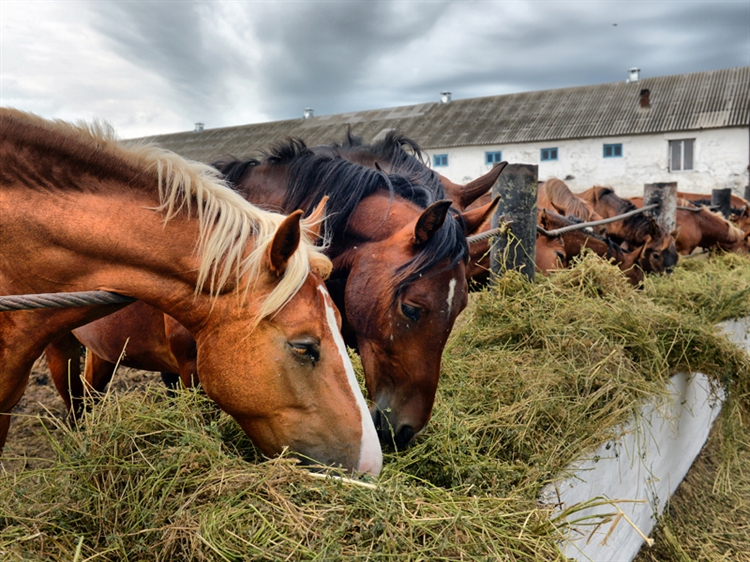When it comes to maintaining healthy and happy horses, selecting the best hay is one of the most important decisions you can make. Hay is the primary source of fiber and nutrients in a horse’s diet, and the quality of hay can significantly impact their overall health, performance, and longevity. In this comprehensive guide, we will walk you through everything you need to know about choosing the best hay for horses to ensure they thrive.
Why Is Choosing the Best Hay for Horses Important?
Horses are herbivores that rely heavily on forage for their nutritional needs. High-quality hay provides essential nutrients such as fiber, vitamins, and minerals, supporting digestive health and preventing issues like colic and laminitis. Conversely, poor-quality hay can contain mold, dust, weeds, or inadequate nutrient levels, which may lead to health problems.
Key Factors to Consider When Choosing Hay for Horses
1. Type of Hay
The most common types of hay for horses include:
- Timothy Hay: Rich in fiber, suitable for most adult horses, especially those prone to obesity or laminitis.
- Orchard Grass Hay: Slightly higher in calories, good for active or growing horses.
- Alfalfa Hay: High in protein and calcium, ideal for young, pregnant, or lactating mares, but should be fed in moderation to certain horses to prevent excess calcium intake.
- Bermuda Grass, Meadow Hay, and Other Varieties: Depending on your region and specific horse needs.
2. Quality of the Hay
High-quality hay should be:
- Green and leafy with minimal stems or weeds
- Free from mold, dust, and weeds
- Smell fresh and sweet
- Free from pests or insect damage
Avoid hay that is brown, moldy, dusty, or musty, as it can cause respiratory issues and other health problems.
3. Nutritional Content
Look for hay with appropriate nutrient levels for your horse’s age, activity level, and health status. Ideally, have the hay tested for:
- Crude protein
- Digestible energy
- Calcium and phosphorus levels
- Moisture content (preferably below 15%)
4. Visual Inspection
Inspect the hay visually for:
- Leafiness: More leaves indicate higher nutrient content.
- Color: Bright green indicates freshness.
- Texture: Soft and pliable rather than brittle or coarse.
5. Source and Storage
Buy hay from reputable suppliers who harvest and store hay properly. Proper storage in a dry, covered area prevents mold and spoilage.
Tips for Selecting the Best Hay
- Buy Small Quantities Initially: Test a small batch for quality before purchasing large quantities.
- Ask for a Hay Analysis Report: Especially if you need specific nutrients or have concerns about allergies.
- Check for Uniformity: Consistent quality ensures your horse gets a balanced diet.
- Observe Your Horse: Monitor for any adverse reactions or changes in health when introducing new hay.
Conclusion
Choosing the best hay for horses is essential for their health, performance, and happiness. Focus on high-quality, fresh, and appropriately suited hay based on your horse’s needs. Remember, good hay is an investment in your horse’s well-being—so take the time to select wisely.
By following these guidelines, you’ll be well on your way to providing your horses with nutritious, safe, and enjoyable forage that keeps them thriving year-round.
Want to learn more about horse nutrition and hay management? Subscribe to our blog for expert tips and updates!
Disclaimer: Always consult with a veterinarian or equine nutritionist for personalized advice tailored to your horse’s specific needs.


